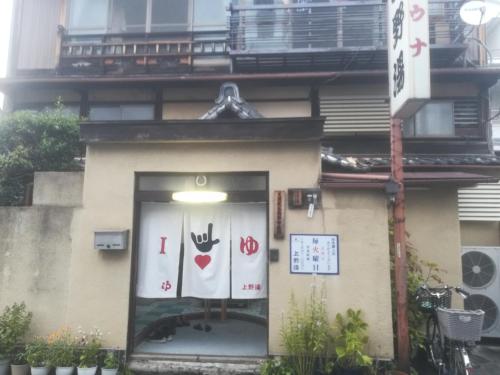Genkoan Temple
menuMenu
A Zen temple famous for its serene garden and the historically significant blood-stained ceiling from a castle. The views from the Window of Enlightenment and the Window of Confusion are a must-see.












Highlights
- Find tranquility in the serene garden.
- Experience history through the blood-stained ceiling.
- Admire the breathtaking views from the Window of Enlightenment.
- Contemplate the scenery from the Window of Confusion.
- Witness the magical beauty of autumn foliage.
Basic Information
- Address
- 47 Kita-takao-cho, Kita-ku, Kyoto-shi, Kyoto-fu Search for tourist attractions in Kyoto
- Access
- About a 40-minute bus ride from Kyoto Station. Get off at Takao Genkoan-mae bus stop and it's a 3-minute walk from there. Show route
- Op.Hours
- 9:00 AM to 4:30 PM
- Cld.Days
- Mondays
- Fee
- ¥500 for adults
- INFO
- Photography is permitted, but tripods are prohibited. Note that photography of the 'chi no tenjō' (blood ceiling) is not allowed.
Overview
Recommended nearby attractions
Koumyoin Temple

Koumyoin Temple, nicknamed the "Rainbow Moss Temple," boasts a captivating karesansui garden, "Hashin-tei," designed by the Showa-era landscape architect, Jyumonji Mirei.
Daitoku-ji Temple

With its sprawling grounds dotted with sub-temples, serene karesansui (dry landscape) gardens, and historically and culturally significant structures, Daitoku-ji is a must-see Zen temple representing the best of Kyoto.
Kyo-o Gokokuji Kanchiin Temple

Experience history with National Treasure guest halls and structures connected to Miyamoto Musashi. The expansive gardens are breathtaking and offer stunning seasonal views.
Zuifuin

Zuifuin's highlights are the *karesansui* (dry landscape) gardens, "Dokuzatsu-niwa" and "Kanmin-niwa," designed by Shigemori Mirei. Prepare to be captivated by the serene beauty and create an unforgettable memory.
Jōshōkōji Temple

A serene ancient temple associated with Emperor Kōgon. Known as a beautiful spot for autumn leaves, it offers seasonal natural beauty.
Ryogen-in

Ryogen-in is the oldest sub-temple of Daitoku-ji, offering a tranquil escape where you can immerse yourself in history.
Tenshūan

Tenshūan captivates with its beautiful karesansui garden of white sand and moss, and its serene pond and strolling garden. Enjoy the ever-changing scenery throughout the year, but especially the spectacular autumn foliage.
Jojakko-ji Temple

A beautiful temple nestled in a tranquil forest, renowned for its stunning scenery and autumn leaves.
Myoshin-ji Taizo-in

A Zen temple brimming with highlights, including the national treasure "Hyōnen-zu," a beautiful karesansui (dry landscape) garden, and the exquisite pond garden, Yokōen.
Koetsu-ji Temple

Koetsu-ji Temple is a temple associated with Hon'ami Koetsu, a cultural figure of the early Edo period. Its beautiful garden and unique tea rooms are its highlights.
Nearby Hotels
Ryokan Nenrinbo

ROKU Kyoto LXR Hotels & Resorts

ez guest house

Guest House Sakurakomachi

International Guest House Tani House

K-style Kinkakuji

IS KYOUYUKARI

guest house kyorakuya kinkakuji

New京町屋<時の宿・上七軒> 北野天満宮徒歩1分~最大4人

Kyomachiya Guesthouse Ryoan-Ori

